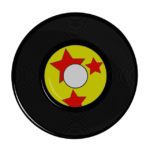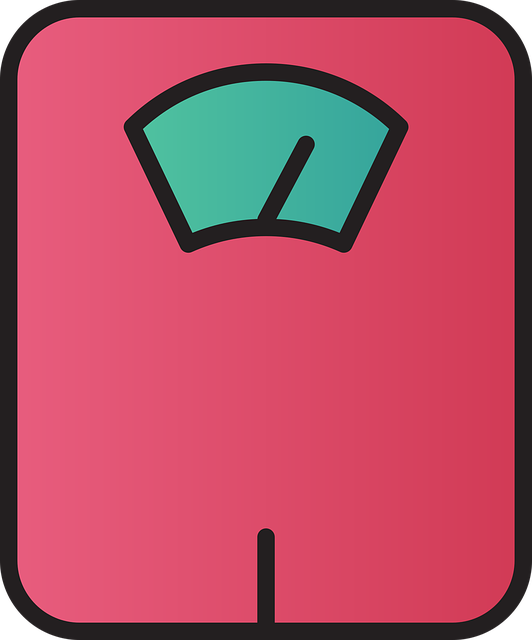According to Maria Veloso in her book Web Copy That Sells (which I highly recommend if you want to write your own copy or if you’re a beginning or intermediate copywriter, so I’ve attached a link so you can order it) there is a blueprint you can use to create the copy you need. Followed and executed skillfully, Veloso’s blueprint will turn motivated browsers into buyers. Following it will take a thorough reading of Veloso’s book, followed by practice, practice, and more practice (like anything that needs doing well), but it’s eminently do-able and the results will be worth it, so keep at it until you’ve mastered it.
Veloso says her blueprint requires zero creativity. (In fact, she says you shouldn’t get creative while completing the blueprint. List just the facts in brief sentences or bullet points.
The blueprint consists of answering the following five questions:
1. What is Your Target Audience’s Problem?
The problem is always one or more of three things: a pain, a problem or a predicament. This answer is where Veloso says you’ll “diagnose” your target audience’s problem. Later, as you’re writing the actual web copy, you’ll make it abundantly clear to your audience that you “get” their problem–that you understand completely why they’re bent out of shape about it. (If it’s a problem they don’t recognize yet, you’ll have to identify it for them and explain why it’s a real problem.)
2. Why Hasn’t the Problem Been Solved?
This is where you delve deeper into the problem. List why the problem, predicament or pain persists year after year or time after time. List remedies that have been tried but failed to cure, alleviate or eliminate the problem.
3. What is Possible?
Now you’ll explore possibility thinking. List how the reader will feel as the problem, pain or predicament falls away, leaving them free of its grasp. List what the reader will get to do, think, and feel when the problem, pain or predicament goes away that they were prevented from doing, thinking, or feeling while they were held captive by their situation. (Examples: Alleviate arthritis symptoms and move more freely without pain. Eliminate headaches and get back into life without feeling miserable. Get new tires and stop worrying about whether a blow-out will scatter your most precious cargo–your loved ones–all over the highway.) Write down all of the new possibilities.
4. What is Different Now?
This is where you’ll list your credentials for eliminating or alleviating/minimizing the pain, problem or predicament. List how your product or service will take care of the problem. This is where you’ll introduce your USP (what separates you in a good way from your competitors). List a testimonial or two. You’ll use this information later in the process to push the reader’s “hope” and “must have” buttons.
5. What Should Your Target Audience Do Now?
Based on the facts-based lists you created above, you can now direct your readers to take the next rational step: e.g., opt in for more information, pick up the phone, register, or buy what will solve the problem.
This blueprint is only the skeletal structure. As soon as you have the bones laid out and in place, you can turn on your creativity and put flesh on them using every weapon in your copy writing arsenal: cadence, rhythm, alliteration, and all of those “misplaced” (according to your school teacher) ifs, ands, buts, and so’s that I told you about in an earlier post.
So there you have it. (Thank you, Maria Veloso, for the bones!) See what you can do with it.
If you do it right, you should be in high clover sooner rather than later.







